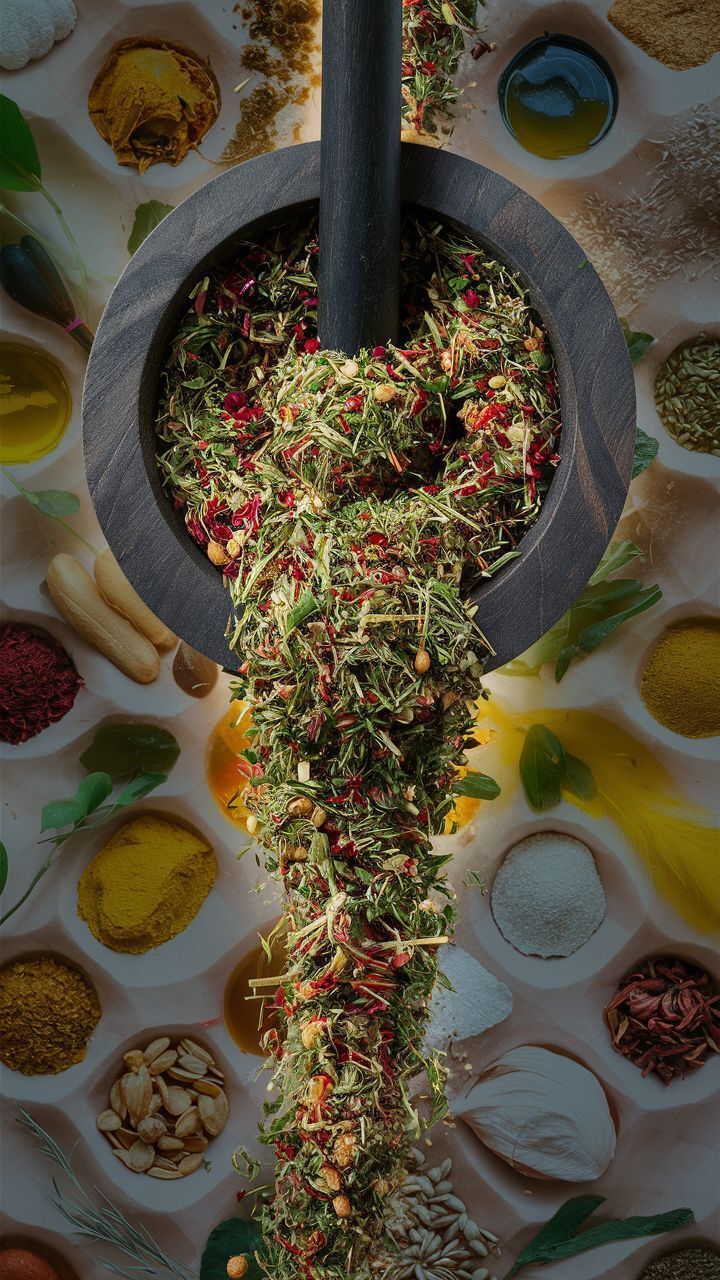
Whole spices are the freshest, most aromatic, and flavorful choice for adding depth to your cooking. Compared to pre-ground spices, whole spices retain their essential oils, making them last longer and providing superior flavor and fragrance. They are often unadulterated and free from contaminants commonly found in pre-ground spice powders. If you’re new to purchasing whole spices, here are some important questions to consider before making your purchase.
1. What Spices Do I Actually Need?
Before heading out to buy whole spices, make a list of the spices you frequently use in your cooking. With so many varieties available, it can be easy to get confused and end up buying spices you won’t use often. A well-thought-out list will help you stay organized, save time, and ensure you purchase only the spices that you’ll need.
2. How Much Should I Buy?
It’s always better to buy whole spices in small quantities based on your actual needs. If you buy in bulk, you might end up with excess amounts of spices you don’t need as frequently, while running low on those you use more often. Adjust your quantities based on which spices you use in larger amounts, ensuring you don’t over-purchase and waste money.
3. Where Should I Buy My Spices From?
Avoid purchasing your spices from generic grocery stores, where they may have been sitting on shelves for an extended period, losing flavor and potency. Spices purchased from such stores could also contain contaminants. Instead, opt for trusted ethnic markets or specialty spice stores that sell certified, labeled, and freshly packed spices. Always check for freshness by looking at the manufacturing or processing dates before buying.
4. How Can I Store My Whole Spices After Buying Them?
The best way to store whole spices is in airtight containers placed in a cool, dry location, away from heat sources such as stoves or ovens. While some people store spices in refrigerators, this may alter their texture and flavor due to temperature fluctuations and condensation. Keep checking your stored spices to ensure they are fresh and intact for optimal use.
5. Do Spices Expire, and How Do I Know When to Replace Them?
Whole spices can last up to a year if stored properly, while ground spices should be used within six months. If you notice that your spices have lost their color, aroma, or flavor over time, it’s time to replace them. Even if you haven’t used them often, it’s better to discard old spices after a year for whole spices and six months for ground versions to maintain the quality of your cooking.
6. What Should I Do with Old Spices Before Buying New Ones?
If you’ve failed to use up your spices before they expire, don’t throw them away just yet. Old spices can serve several practical purposes, such as being used as natural bug deterrents or incorporated into homemade candles or soaps. A quick internet search will provide various creative ways to repurpose old spices rather than tossing them out.
7. What Should I Look for When Buying Spices to Get the Best Quality?
When purchasing whole spices, pay attention to their packaging. Prefer sealed containers over bags, as bags may be damaged or inadequately sealed, allowing air to spoil the spices. Check the color, aroma, and texture of the spices to ensure they are fresh and vibrant. Avoid buying cheap spices, as they are likely to be of inferior quality. Opt for reasonably priced, high-quality, certified spices from reputable spice stores.
8. A Tip for Best Using Whole Spices:
To get the most out of your whole spices, grind them just before you need them. This ensures maximum freshness, aroma, and flavor. Additionally, to bring out the deeper, richer flavors of your spices, toast them on low heat before grinding. This simple step will enhance the earthiness and depth of flavor in your dishes.
By asking yourself these important questions and following these tips, you’ll be well on your way to enjoying fresh, aromatic whole spices in your cooking. Whether you’re an experienced cook or a beginner, using whole spices will elevate your culinary creations to new heights!








Checkout our new blog post